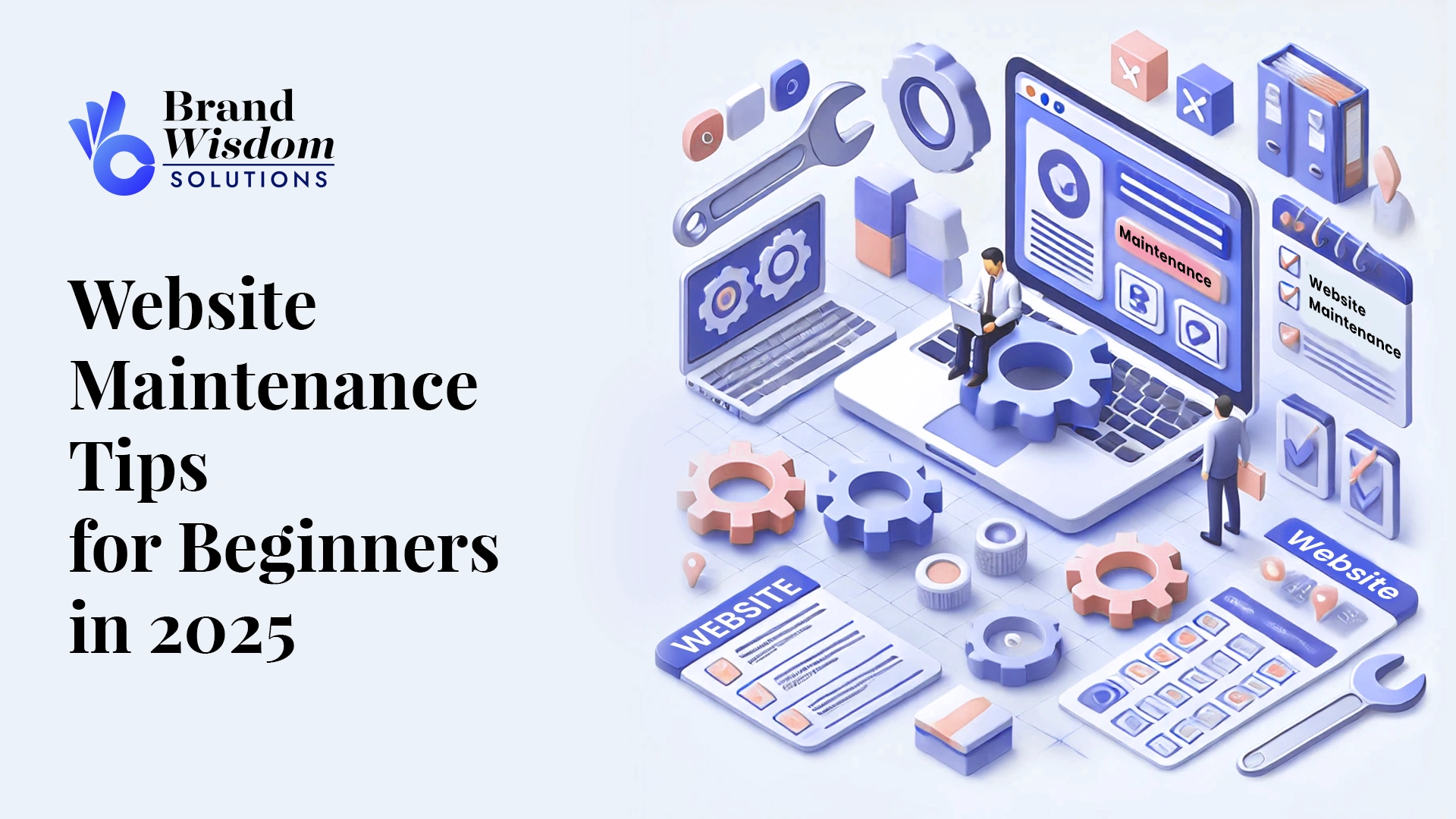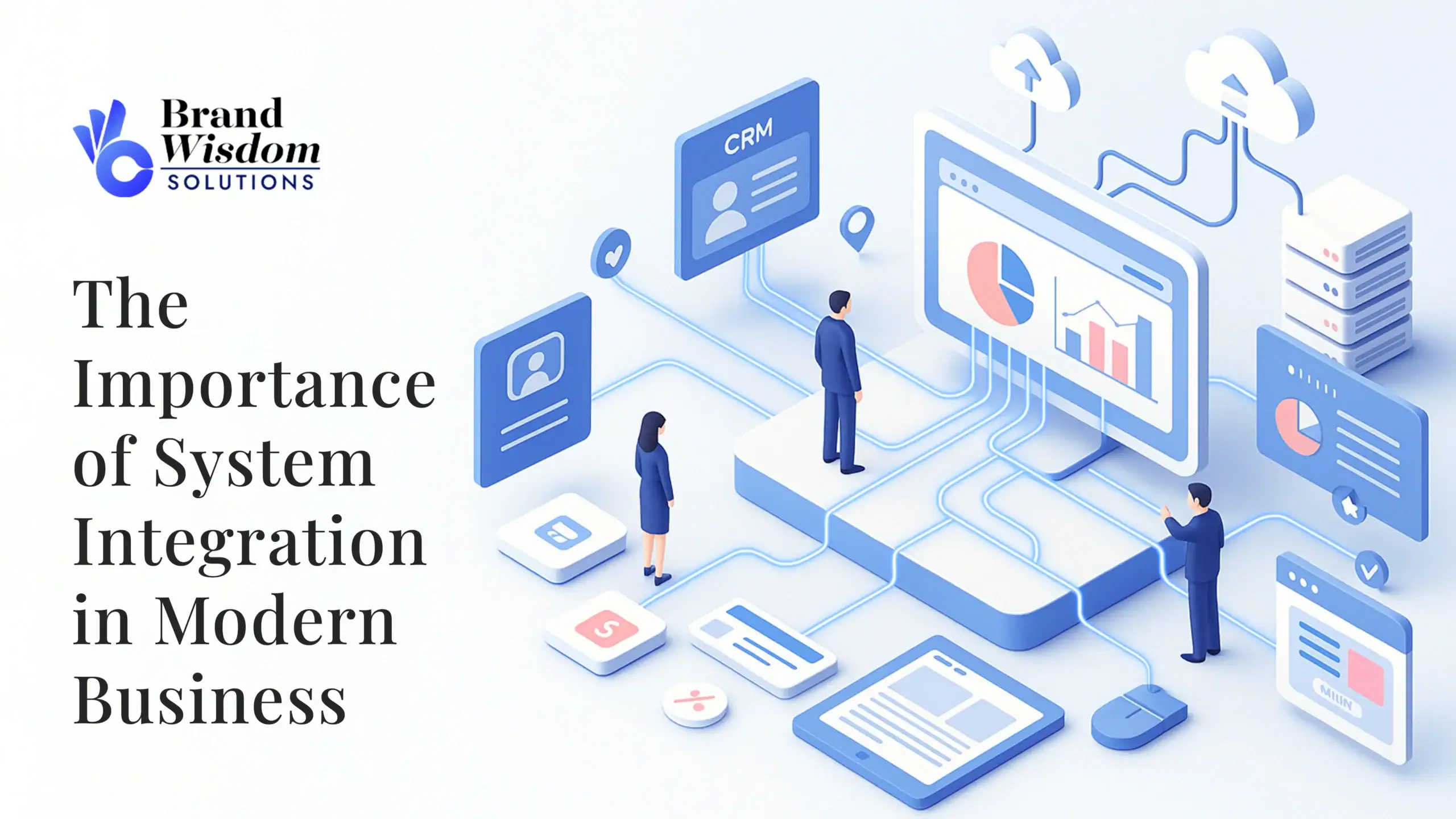What are the key tasks involved in website maintenance?
Key tasks in website maintenance include regular updates to software, plugins, and content, monitoring website security, fixing broken links, optimizing site speed, and performing regular site maintenance backups. These activities ensure your website remains secure, up-to-date, and user-friendly for optimal performance.

Introduction
In today’s digital world, your website is usually the first thing a potential customer sees. It is a key part of your online presence and digital marketing. Keeping your website updated with website maintenance is very important. If your site is not well looked after, it can cause a poor user experience. This can damage your brand’s reputation and hurt your digital marketing efforts.
Understanding the Importance of Website Maintenance for Healthcare Brands

For healthcare brands, trust and reliability are very important. That’s why regular website maintenance is a must. It helps create a smooth and positive user experience for potential patients looking for information or services. A good design and constant updates make your website trustworthy, which gives confidence in your brand.
Also, beyond looks, frequent updates in web design and managing content help keep your search engine rankings high. This way, it becomes easier for potential patients to find you.
The Role of Digital Presence in Healthcare Success
In today’s digital world, having a strong online presence is very important for healthcare brands that want to succeed. Patients now use search engines and online platforms to find health information and locate healthcare providers.
A good digital marketing strategy, along with a user-friendly and helpful website, can bring in new patients. It also builds brand loyalty and makes you a reliable source in the healthcare community.
Your website acts as a virtual center for patients. They can get medical advice, schedule appointments, and find important health resources there.
How Regular Maintenance Impacts User Engagement and Trust
Imagine visiting a healthcare website and finding broken links, old information, or slow loading times. These problems quickly make people lose trust and can ruin their experience. Patients may see a poorly kept website as unprofessional and may look for care somewhere else.
Regular maintenance helps your website stay a good resource for patients. It builds trust and keeps them coming back. Having fresh content, accurate information, and an easy-to-use site shows that you care about patient care and satisfaction.
By focusing on website maintenance, healthcare brands build trust, improve user experience, and show they are dependable providers.
Preparing for Website Maintenance: What You Need to Know

Before starting website maintenance, it’s important for website owners to have a clear strategy. Make a website maintenance plan that includes specific tasks, how often they should be done, and what resources you will use. Also, look closely at what your website really needs. Understanding your audience is key for good website management.
Identifying Your Website’s Core Needs and Goals
Start by setting clear goals for your website. Do you want to get leads, share educational materials, or help people book appointments online? Knowing what you aim for helps you make focused content and plan how to improve your site.
Next, look at what your target audience needs and how they use the internet. What information are they looking for? How do they like to get and engage with content online? Making your website match what users expect will give them a good experience and make your site more effective.
Checking these points helps ensure that your website maintenance supports your business goals and meets the needs of your audience.
Tools and Resources Required for Effective Maintenance
Many tools can help make website maintenance tasks easier. Content management systems, like WordPress, have simple ways to do content updates. SEO plugins help you understand keywords and see your website traffic.
Security plugins and software for website security can spot problems and protect against cyber threats. Back-up solutions ensure your data is safe and give you peace of mind for unexpected events.
By learning how to use these tools, you can effectively manage your website. This helps keep your site working well, safe, and performing at its best.
Step-by-Step Guide to Basic Website Maintenance

Let’s look at some basic website maintenance tasks that anyone can do. This guide will take you through important parts of managing a website. You will learn about regular health checks and security upgrades. By following these steps, you can keep your online presence running well and secure.
Step 1: Conducting Regular Health Checks on Your Site
Regularly checking the health of your website is very important. You should do complete health checks. This includes looking for broken links, checking website speed, and making sure it works on all types of browsers and devices.
Use tools like Google Analytics to understand your website’s performance. These tools will help you learn about user behavior and find places that need improvement. It’s important to find and fix any problems that can hurt user experience or affect how the site works.
By taking care of these things in advance, you can give your users a friendly and smooth browsing experience.
Step 2: Updating Content to Keep Your Site Relevant
In the fast-changing online world, it’s important to keep your website content fresh and current. Check your website’s content often. Make sure it is accurate and relevant, matching the newest trends in the industry.
Add new information about recent healthcare advances, treatment choices, or useful news updates. Update your existing sections to show current practices and rules.
New content grabs visitors’ attention and shows search engines that your site is busy and related to trends. This helps improve your search engine rankings.
Step 3: Ensuring All Links Are Working to Improve UX
Broken links can hurt the user experience. They create frustration and make navigation difficult. For example, when you click on a link that looks good, but it shows a “Page Not Found” error, it can be annoying.
You should regularly check for broken links on your website and any links to other sites. There are online tools or plugins that will scan for broken links automatically. Using these tools can save you time and effort.
Make sure to fix or remove any broken links quickly. This helps create a smooth and pleasant user experience. A website without broken links also helps improve search engine optimization (SEO) and boosts your site’s credibility.
Step 4: Regularly Backing Up Your Website Data
Imagine losing important data from your website because of a technical problem, a cyberattack, or a mistake. It’s very important to back up your website often to reduce the chance of data loss and to keep your business running.
Set up automatic backups every week or month, based on how often you update your content. Save your backups in a safe place, like a different server or in the cloud, to protect against data loss.
With a recent backup, you can quickly restore your website. This will limit how much downtime you have and make recovering data easier.
Step 5: Monitoring Website Security and Implementing Upgrades
In today’s online world, keeping your website safe and ensuring your site’s security is very important. You should regularly check your website for any weaknesses and make needed updates to its security, including implementing SSL certificates. Make sure to keep your content management system (CMS), plugins, and themes updated to use the latest security patches.
Use strong passwords and turn on two-factor authentication for all user accounts. This helps stop unauthorized access. It’s a good idea to regularly scan for malware and think about getting a website security service for better protection.
A secure website protects important patient information, builds trust with your audience, and keeps your brand’s reputation safe.
Optimizing Your Website for Better Performance

To make your website better, you need to focus on its performance optimization. This helps in getting and keeping visitors. Using good SEO practices and improving the speed of your site are two important steps. These changes can greatly improve the best user experience and make your site more visible in search engines.
Leveraging SEO Best Practices for Higher Visibility
Search engine optimization, or SEO, is very important for getting your website noticed in search engine results. Start by doing keyword research. This helps you find terms that your audience is looking for. Use these keywords naturally in your website’s content.
Next, make sure to optimize your page titles and meta descriptions. They should clearly show what each page is about. This helps search engine crawlers find your site.
It’s also helpful to build strong backlinks from trusted sources. This will increase your domain authority and improve your search engine rankings.
When you follow these SEO best practices, your website has a better chance to rank high in search results, bring in organic traffic, and attract potential patients.
Enhancing Site Speed and Mobile Responsiveness
In today’s busy world, users want websites to load fast and smoothly on all devices. You can improve your website’s loading speed by making image sizes smaller, using browser caching, and cutting down on extra code.
Make sure your website works well on mobile devices and can fit various screen sizes. You can check how mobile-friendly your site is by using Google’s Mobile-Friendly Test tool.
A website that loads quickly and works well on mobile enhances user experience. It also lowers bounce rates and helps improve your website’s search engine rankings, leading to better results.
Navigating Common Website Maintenance Challenges

Sometimes, despite all we do, problems on a website can happen. These issues need quick fixes. They can range from technical errors to security dangers. It’s important to be ready to deal with them. Let’s look at some usual problems you might face.
Dealing with Technical Glitches and How to Overcome Them
Technical problems like broken forms, server errors, or plugin conflicts can mess up how your website works. To fix these issues quickly, it’s good to have a plan. This way, you can reduce downtime and frustration.
Begin by finding out what is causing the problem. Look at error logs, check recent updates, or see if there are plugin compatibility issues. Use online resources, visit forums, or contact your hosting provider for help if necessary.
Writing down solutions to problems that happen often will create a helpful knowledge base. This will make it easier to solve them faster next time.
Staying Ahead of Cybersecurity Threats in the Healthcare Sector
The healthcare industry deals with sensitive patient information. This makes it a target for cyberattacks. It is important to stay ahead of these threats to protect patient data and follow healthcare rules.
You should use strong security measures. This includes firewalls, intrusion detection systems, and regular audits. Teach your team the best practices in cybersecurity. Make sure they can spot phishing attempts and create strong passwords.
Focusing on cybersecurity protects your business. It also builds trust with your patients. This ensures your healthcare data stays safe and intact.
Conclusion
Website maintenance is very important for healthcare brands. It helps build trust and engage with their audience. Regular maintenance makes it easier for users to have a good experience. It also improves visibility through better performance. You can make your online presence stronger by doing health checks, updating content, watching out for security issues, and using SEO practices. Keep an eye out for technical problems and cyber threats to keep your website strong. Whether you hire a professional or do it yourself, taking care of your website is essential for long-term success in the competitive healthcare field. For personalized advice on improving your healthcare website, sign up for a free consultation with our experts today.
Frequently Asked Questions
How Often Should I Update My Healthcare Website?
The frequency of updates for healthcare websites depends on a few things, like changes in content and news from the industry. It’s best to have regular maintenance plans. Aim for updates at least once a month, and update more often when it’s about sensitive information. This way, your site stays current and interesting.
What Are the First Signs That My Website Needs Maintenance?
Several signs show that your website needs maintenance. Keep an eye out for a sudden drop in website traffic. A higher bounce rate is also a warning. User experience feedback that is negative is important to note. Additionally, broken links, slow loading times, and old content mean it’s time for some updates.
Can I Perform Website Maintenance Myself, or Should I Hire a Professional?
You should decide if you want to do maintenance yourself or hire a professional based on what you know, how much time you have, and your budget. You can handle small jobs like content updates on your own. However, if you face more difficult problems or don’t have the right skills, you should get help from a website maintenance service.
What Is the Impact of Website Maintenance on SEO?
Website maintenance affects your search engine rankings. Regular updates using your content management system, adding fresh content, and keeping your site secure help improve user experience. Search engines care about this user experience. Making these improvements can raise your position in search results and lead to more visibility and organic traffic.
How Can I Ensure My Website Complies with Healthcare Privacy Laws?
Complying with healthcare privacy laws, such as HIPAA, is very important. You need to store sensitive information safely. Also, have strong security systems in place. Make sure to show a clear privacy policy on your website. Regularly check and update how you manage your site. This will help keep you in line with changing rules.





